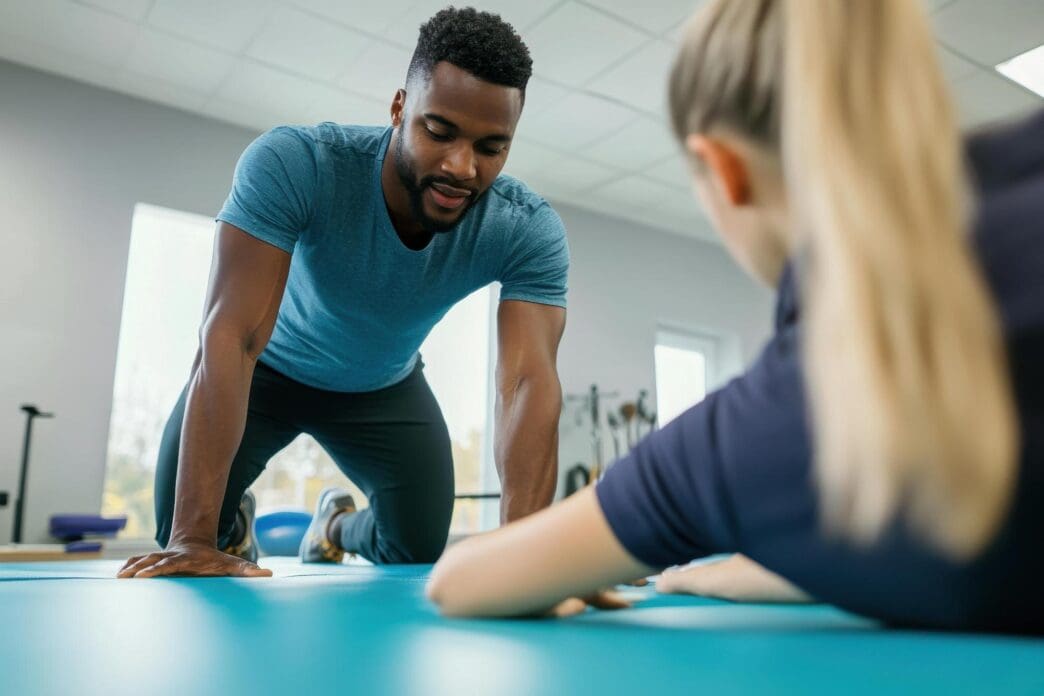A Quick Takeaway
The Story Behind the Trend
How to Make It Work for You
The Community View
For runners seeking to optimize their performance, prevent injuries, and bounce back faster from setbacks, physical therapy (PT) is an invaluable resource that goes far beyond simple rehabilitation. It’s a proactive and reactive partnership with a licensed professional who can assess your unique biomechanics, identify weaknesses, and create a personalized plan to build a more resilient and efficient running body, ensuring you stay on the road or trail safely and sustainably.
Understanding Physical Therapy for Runners
Physical therapy is a healthcare specialty focused on restoring movement and function, reducing pain, and preventing disability. For runners, this means a comprehensive approach that looks at the entire kinetic chain, not just the site of pain. A physical therapist will analyze how your body moves, identifying imbalances, restrictions, and inefficient patterns that contribute to injury or hinder performance.
Unlike simply resting an injury, PT addresses the root cause of the problem. This holistic perspective ensures that once you recover, you’re less likely to experience a recurrence because the underlying issues have been resolved. It’s about building a stronger, more intelligent body that can handle the demands of running.
When to See a Physical Therapist
Many runners only consider physical therapy after an injury has already occurred, but its benefits extend far beyond reactive treatment. Integrating PT into your routine can be a game-changer for long-term running health.
For Injury Prevention
Proactive physical therapy can help identify potential vulnerabilities before they manifest as pain. A therapist can perform a detailed gait analysis, assess muscle strength and flexibility, and pinpoint areas of imbalance. Addressing these issues with targeted exercises and mobility drills can significantly reduce your risk of common running injuries like shin splints, runner’s knee, or plantar fasciitis.
Think of it as a preventative maintenance check for your body. By understanding your unique movement patterns, a physical therapist can help you build resilience and fortify your body against the repetitive stress of running.
For Acute Injuries
When a sudden injury strikes – perhaps a twisted ankle, a pulled hamstring, or an acute knee pain – prompt assessment by a physical therapist is crucial. Early intervention can significantly shorten recovery time and prevent the injury from becoming chronic. They can accurately diagnose the issue, manage inflammation, and guide you through the initial stages of healing.
A therapist will ensure you don’t push too hard too soon, but also that you don’t rest for too long, which can lead to deconditioning and delayed recovery. Their expertise helps you navigate the delicate balance of rest and activity.
For Chronic Pain and Overuse Injuries
If you’ve been battling persistent aches like runner’s knee, Achilles tendinopathy, or IT band syndrome, a physical therapist can be your most effective ally. These conditions often stem from cumulative stress due to improper form, muscle imbalances, or inadequate recovery. A therapist will delve deep to uncover the underlying biomechanical faults contributing to your chronic pain.
Through a combination of manual therapy, targeted strengthening, and movement re-education, they help you break the cycle of pain and return to running stronger than before. They focus on retraining your body to move more efficiently and with less stress on vulnerable areas.
For Performance Enhancement
Even without pain, many elite and recreational runners seek physical therapy to fine-tune their mechanics and boost performance. A therapist can help optimize your running form, improve your stride efficiency, and increase your power output. This can translate to faster times, reduced fatigue, and the ability to handle higher mileage with less strain.
By identifying and correcting subtle inefficiencies, PT helps unlock your full athletic potential. It’s about making every stride count and building a more robust engine for your running goals.
What to Expect During a Physical Therapy Session
Your journey with a physical therapist typically begins with a thorough initial assessment. This involves a detailed discussion of your medical history, running habits, and specific concerns, followed by a comprehensive physical examination. The therapist will evaluate your posture, range of motion, strength, flexibility, and often conduct a gait analysis to observe your running form in real-time.
Treatment Modalities and Education
Based on their findings, your therapist will develop an individualized treatment plan. This may include a variety of modalities such as manual therapy techniques (e.g., massage, joint mobilization) to restore mobility and reduce muscle tension. Therapeutic exercises will be prescribed to strengthen weak muscles, stretch tight ones, and improve motor control and coordination.
Crucially, a significant part of physical therapy involves education. Your therapist will teach you about your injury, how to manage your training load, proper body mechanics, and a home exercise program to continue your progress between sessions. This empowers you to take an active role in your recovery and long-term health.
The Benefits of Integrating PT into Your Running Routine
Embracing physical therapy as a regular component of your running lifestyle offers profound benefits. You’ll experience faster and more complete recovery from injuries, significantly reducing the likelihood of re-injury. Your running economy will improve, leading to enhanced performance and a greater enjoyment of the sport.
Beyond the immediate physical gains, PT fosters a deeper body awareness, teaching you to listen to your body’s signals and respond appropriately. This leads to more sustainable running, allowing you to pursue your passion for years to come with greater confidence and less pain.







